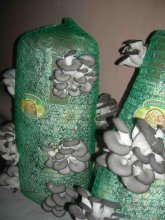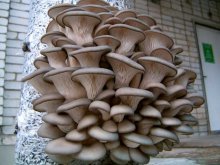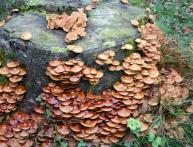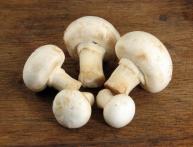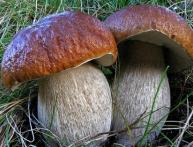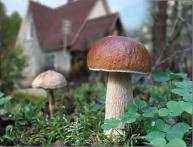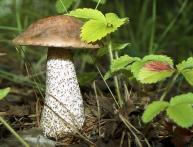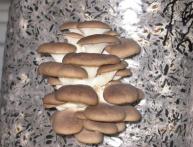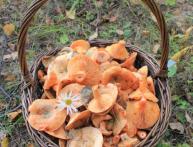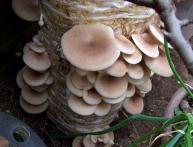Cultivation of oyster mushrooms, how to choose a room for growing oyster mushrooms
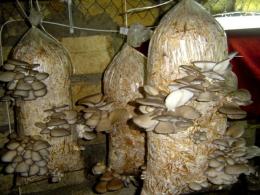
The ecological situation near large cities is not always conducive to collecting forest mushrooms. In conditions of industrial emissions from large enterprises, near highways, even edible mushrooms accumulate such amounts of toxins that they become poisonous. In this case, it is much safer to consume cultivated mushrooms. Most often for these purposes grow champignons, oyster mushrooms.
In addition to personal needs, it is possible to organize small-scale production of oyster mushrooms for sale to the population. If growing oyster mushrooms turns out to be profitable, then over time they can be cultivated on an industrial scale. It remains to find out what is good about these mushrooms, how to choose a room for growing oyster mushrooms.
Content:
- Oyster mushrooms, description, benefits
- Room for oyster mushrooms
- Features of arranging a room for growing oyster mushrooms
Oyster mushrooms, description, benefits
Several species of oyster mushrooms grow in nature, which are included in the genus Oyster mushrooms from the Oyster family. Almost all oyster mushrooms live on weakened deciduous trees or their dead remains. In nature, oyster mushrooms produce fruiting bodies from May to October. The mushroom tolerates low temperatures well, so it produces the largest harvest in September or October.
For cultivation under artificial conditions, oyster mushroom is most often used. The fruit body of the oyster mushroom is quite large.Hats most often have a shape that resembles an ear. The size of the cap is from 5 to 15 cm. It is preferable to eat young fruiting bodies with a cap size of up to 7 cm. In adult fruiting bodies, the caps take on the shape of a funnel.
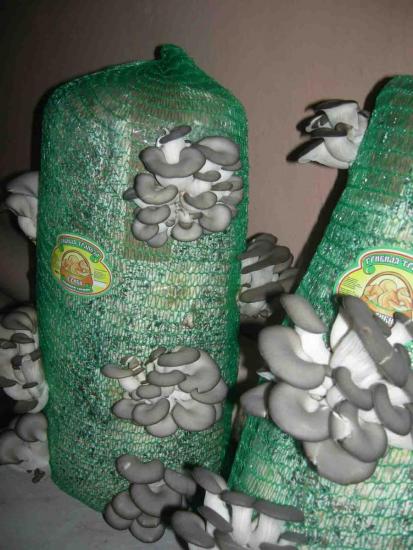
The color of the caps varies from light gray to dark gray with a purple tint. The legs are white, curved, and very often have a common base. Sometimes up to 30 fruiting bodies can form on such a base. The older the mushroom, the tougher the stem; when preparing oyster mushrooms, such stems are removed.
The nutritional value of oyster mushrooms deserves attention, since these mushrooms have a high protein content, up to 25%. In terms of its quantity and content of essential amino acids, oyster mushrooms are second only to peas and soybeans. After heat treatment of the fruiting bodies, the proteins of this fungus are absorbed by the body by 70%, which is comparable to the absorption of proteins in bread made from rye flour.
Mushrooms Oyster mushrooms are a source of vitamins, minerals, statins and other beneficial compounds. To grow oyster mushrooms intensively all year round you need:
- suitable premises
- substrate
- mycelium
- bags or other containers
- auxiliary equipment
It remains to figure out how to select and arrange a room for growing oyster mushrooms yourself.
Room for oyster mushrooms
The entire process of growing oyster mushrooms can begin when there is a room in which special conditions can be created for the development of mycelium and the formation of fruiting bodies. The room for oyster mushrooms can be located both underground and on its surface. Garages and basements are suitable for small-scale production. Hangars and premises of old farms are suitable for industrial cultivation.
Considering that oyster mushroom is capable of aggressive destruction of any wood, it is advisable that the walls and floor of the selected building or parts thereof are not made of natural wood.
If it is not possible to choose a brick or concrete structure, then wooden walls can be covered with insulating panels, smooth slate, and wooden floors can be tiled or filled with concrete. As a last resort, the floors are covered with sand. However, sand in this case will be the worst option.
Important! In premises for growing Oyster mushrooms must be able to maintain a certain humidity and temperature. The room also requires a system for air ventilation. An important characteristic of a room for oyster mushroom production is its height.
You should not choose structures where the ceiling height is less than 2 m; it is best if their height is 3-3.5 m. A mandatory requirement for a room for growing mushrooms is that people should not live in it. It is advisable not to grow oyster mushrooms at all where the living area is connected to the part for the production of mushroom products.
Video about growing oyster mushrooms at home:
Number of required sq. meters is determined by the scale of future production. An approximate calculation can be made as follows: for every 50 kg of substrate you need one square meter. meter of area.
Features of arranging a room for growing oyster mushrooms
Ventilation and lighting
The ventilation system must be designed so that the air in the room is constantly renewed, therefore both supply and exhaust ventilation are needed. Oyster mushrooms need a constant supply of fresh air.
Although mushrooms You don’t need bright sunlight, but you still need to arrange lighting in the room with fluorescent lamps at the rate of one lamp with a brightness of 90 lux per 20 square meters. meters. The daily period of daylight should be between 10 and 12 hours.
Temperature and humidity
To maintain the optimal room temperature at + 11 + 16 degrees, any heat source is suitable:
- gas
- electricity
- coal stove
Currently, long-burning stoves called bubofani are popular. These boilers contain primary and secondary combustion chambers, and craftsmen construct such stoves in household gas cylinders.
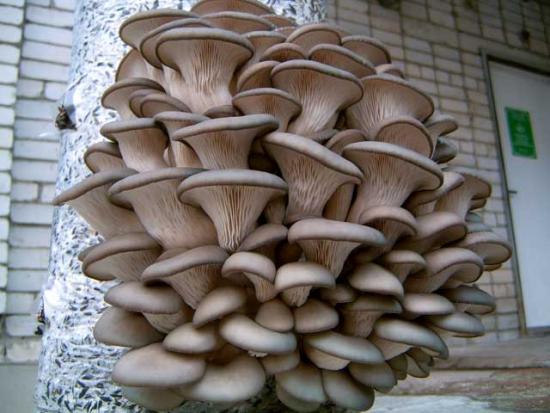
The room must be equipped with a water supply system. The humidity in it is best maintained at 90% using special fogging units. Another requirement for the premises for harvesting oyster mushroom refers to disinfection.
All parts of the room should be fairly easy to disinfect. Based on all the requirements for the premises, it must be concluded that at the first stage of organizing the production of oyster mushrooms, some material costs will be required to purchase the necessary equipment.

